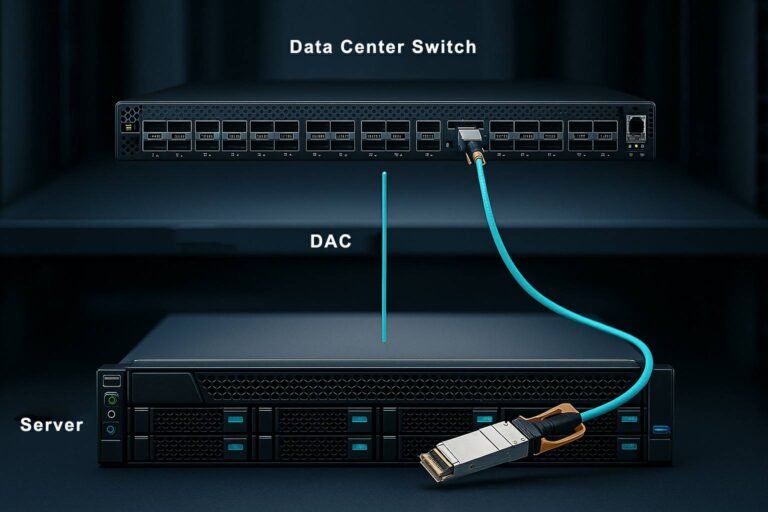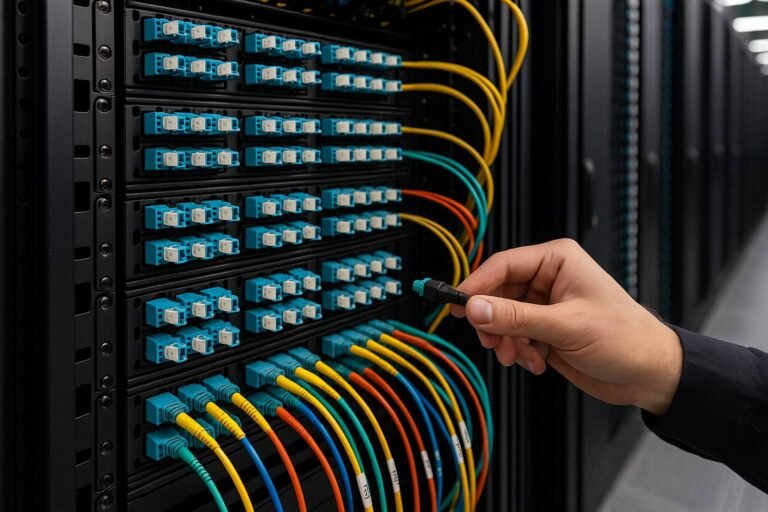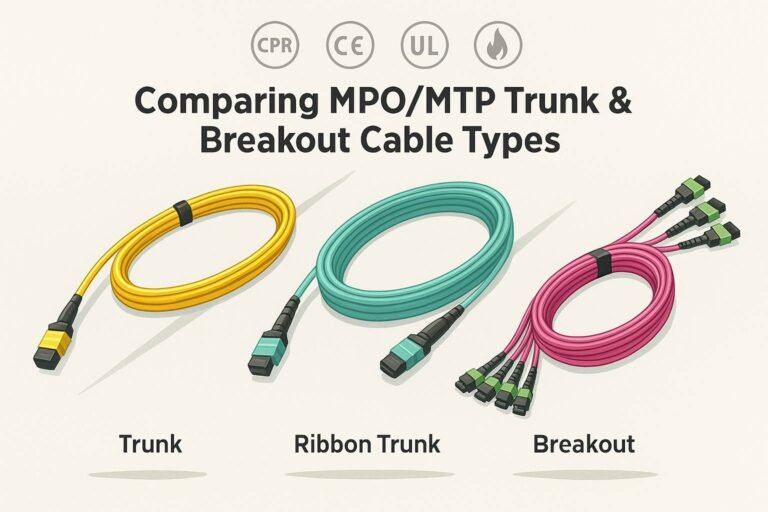How Do You Install OPGW Cable in Transmission Lines?
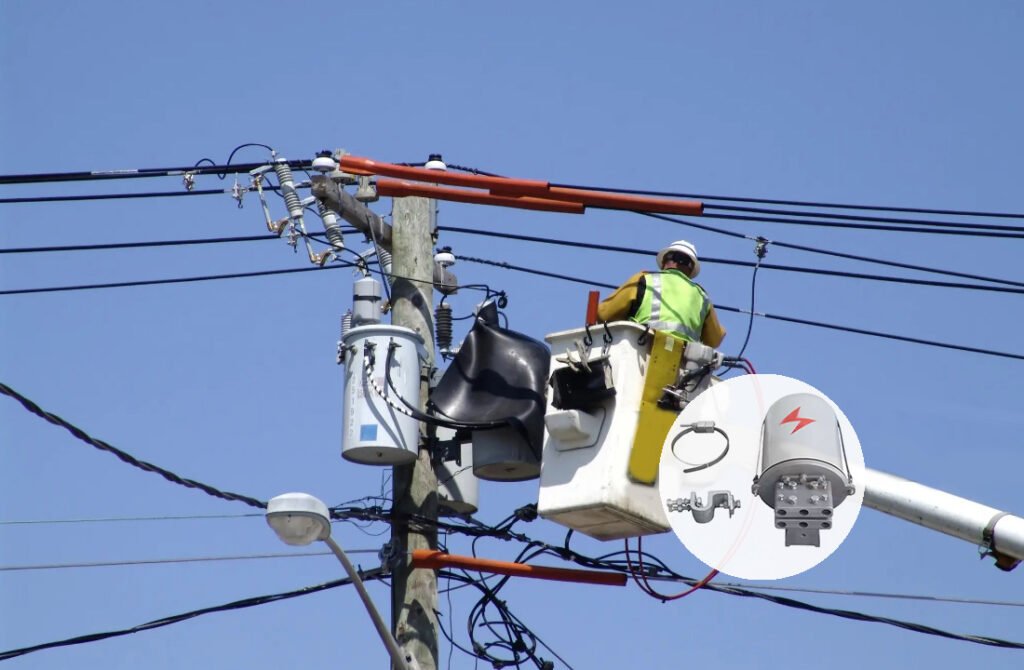
In the complex world of telecommunications, installing Optical Ground Wire (OPGW) cables1 on transmission lines2 can present a significant challenge. The process requires meticulous planning and execution to ensure the cable's integrity and functionality. How can you effectively install OPGW cable without compromising on quality or safety?
Installing OPGW cable involves comprehensive planning, the use of specialized equipment, and a precise installation procedure. Following these steps ensures the cable's integrity and functionality, addressing key factors such as pre-installation planning, equipment and tools, and detailed installation procedures including stringing, tensioning, and fitting.
Imagine the challenge of threading a needle in a storm—installing OPGW cable can feel just as daunting without the right strategy. This guide breaks down the installation process into manageable steps, ensuring clarity and confidence for any telecom engineer or project manager involved in the task.
What Are the Steps in Pre-Installation Planning?
Before touching a single cable, comprehensive pre-installation planning is crucial. This stage involves assessing the transmission line and determining the optimal installation route. Considerations include the position of tension towers3, accessibility, and potential obstacles like roads and railways.
Pre-installation planning for OPGW involves surveying the transmission line, determining the installation route, and planning based on engineering drawings. This ensures efficiency and avoids complications during installation, taking into account tower positions and potential obstacles.
Surveying the Transmission Line
Conduct a thorough survey to identify the best installation route. This involves analyzing tension towers, access points, and potential obstacles. Critical factors include the distance between supports and the positioning of roads and railways.
Planning and Documentation
Based on the survey, plan the installation using engineering drawings and files. Determine line length, joint positions, and substation configurations. This preparation ensures a smooth installation process, reducing the risk of errors and delays.
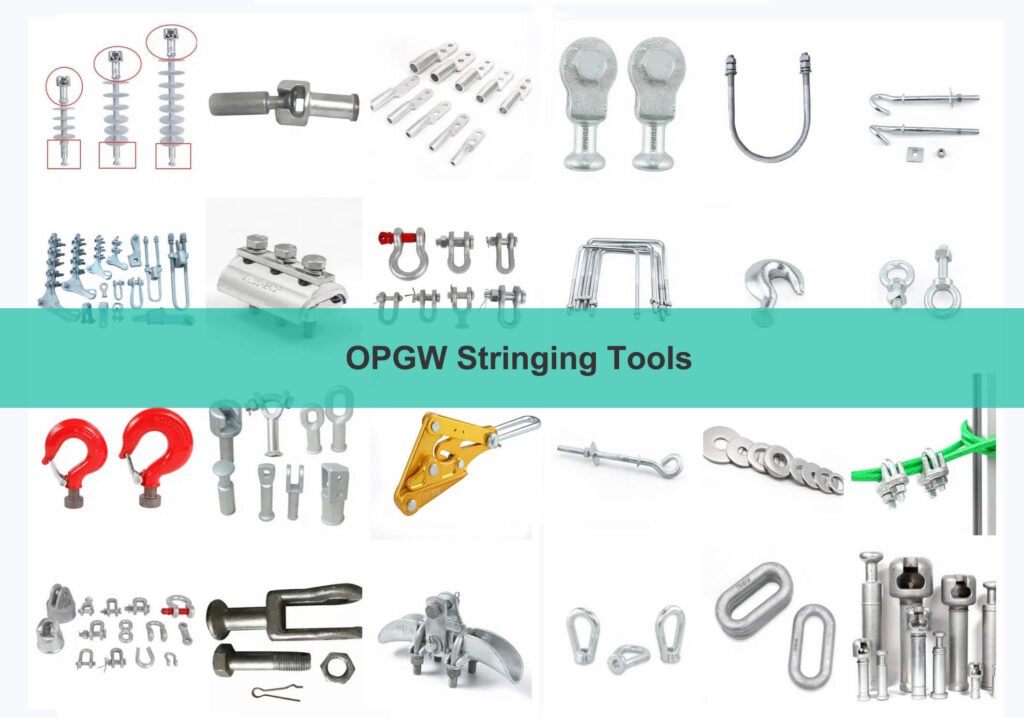
What Equipment and Tools Are Necessary for OPGW Installation?
Using the right tools is essential for the successful installation of OPGW cables. Specialized equipment such as pullers, tensioners4, and anti-twisting devices are crucial for maintaining cable integrity.
Essential equipment for OPGW installation includes pullers, tensioners, anti-twisting counterweights, and specialized clamps. Proper use of these tools ensures effective installation and prevents damage to the cable.
Specialized Equipment
- Pullers and Tensioners: These maintain appropriate tension during cable installation.
- Swivels and Pulling Grips: Prevent twisting and damage to the cable.
- Pulley-Blocks and Clamps: Ensure the smooth handling and alignment of the cable.
Tool Maintenance
Ensure all tools are in good condition and properly lubricated. Regular maintenance of equipment like pulleys is vital to prevent malfunctions during installation.
How Is the OPGW Cable Installed?
The installation procedure requires careful execution, especially during stringing, tensioning, and fitting. This ensures the OPGW cable remains undamaged and functions optimally.
The OPGW installation process includes stringing the cable with controlled tension, maintaining proper bending radius, and accurately tensioning and sagging. This meticulous approach prevents damage and ensures optimal performance.
Stringing the Cable
- Power Line Conditions: Ensure the line is out of service and avoid adverse weather.
- Tension Pay-Off Method: Maintain cable tension without ground abrasion, not exceeding 20% of the Rated Tensile Strength5.
Cable Handling and Protection
- Bending Radius: Always maintain the minimum bending radius to protect the fibers.
- Swivels and Grips: Use these to prevent twisting during stringing.
Tensioning and Sag Control
- Sag Requirements: Control sag according to design specifications.
- Tension Clamps: Use correctly to avoid exceeding cable pressure limits.
What Are the Key Considerations for Installing Fittings and Accessories?
Fittings and accessories are crucial for ensuring the OPGW cable's stability and functionality. Proper installation of these components is essential.
Install OPGW fittings like tension clamps and vibration dampers6 within 48 hours of cable tightening. This prevents damage and ensures the cable's structural integrity.
Installation of Fittings
- Tension and Suspension Clamps: Correctly fix hardware and ensure symmetrical wiring for stability.
- Vibration Dampers and Armor Rods: Install according to manufacturer instructions to minimize cable stress.
How Do You Ensure Safety and Quality Control During Installation?
Safety and quality control are paramount during the installation of OPGW cables. Proper training and monitoring are essential to prevent damage and ensure successful implementation.
Ensure all personnel are trained and aware of OPGW installation procedures. Implement intermediate control points to monitor tension and sag, ensuring adherence to safety and quality standards.
Training and Awareness
Educate personnel on handling and installation procedures to prevent cable damage. Emphasize the importance of following guidelines and maintaining safety protocols.
Monitoring and Control
Establish intermediate control points to track key parameters like tension and twist. This proactive approach mitigates risks and ensures adherence to specifications.
Conclusion
Installing OPGW cables on transmission lines requires meticulous planning, specialized equipment, and precise execution. From pre-installation surveys to the final fitting of accessories, each step is crucial for maintaining the cable's integrity and functionality. By following these guidelines, telecom engineers and project managers can ensure a successful and safe installation process, ultimately enhancing the transmission line's performance and reliability.
In an age where efficiency, cost-effectiveness, and reliability are critical, OPGW cables stand out as a versatile solution for both electrical grids and telecommunications networks. By merging the functionalities of grounding and optical communication, they offer a robust response to modern infrastructure challenges. As utilities and telecom companies continue to seek ways to optimize operations, the role of OPGW cables is likely to expand, driving advancements in smart grid technology and beyond.
Overall, OPGW cables are not just a technical innovation; they are a strategic asset in the pursuit of a more connected and resilient future. My journey with ABPTEL has reinforced the importance of such technologies, and I am excited to see how OPGW cables will continue to shape the industries they serve.
Footnotes
-
The term Optical Ground Wire (OPGW) refers to a type of cable used in telecommunications to protect power lines and provide data transmission. It's crucial for readers to understand its dual function in infrastructure projects. ↩
-
Transmission lines are a fundamental component of electrical power systems, serving as the conduits for electricity conduction across distances, essential for professionals new to the field to grasp. ↩
-
Tension towers play a significant role in maintaining the tension and stability of power lines, an understanding of which is vital for planning the installation of OPGW cables. ↩
-
Pullers and tensioners ensure the OPGW cable's integrity by keeping appropriate tension during installation, a must-know for telecom professionals overseeing such projects. ↩
-
Rated Tensile Strength quantifies the maximum load a cable can handle without breaking, a critical factor in planning and executing OPGW installations. ↩
-
Vibration dampers mitigate oscillations caused by winds in cables, reducing wear and tear, thereby extending the lifespan of the installation, an essential consideration for project managers. ↩

